
Step 1: DIY it, with the help of YouTube.
In 2010, Henry and I inherited a secondhand sofa which our cat shortly destroyed. We loved entertaining and decided that we could no longer live with such an embarrassingly ugly sofa. As luck would have it, IKEA discontinued making slipcovers for our specific model. We couldn’t afford to buy another sofa nor get it upholstered – that would have set us back thousands. So by sheer willpower and a couple of YouTube tutorials, we managed to hack together a sofa cover.
Friends and family who visited us noticed our sofa – and started paying us to make sofa covers for them. We thought they were being kind because we always ate $2 sushi rolls. But when we placed our covers on Gumtree Australia and strangers started clicking, we were ecstatic. It turned out that a lot of people had the same problem we had and they wanted to give us good money for a solution! I taped our first $100 note in my notebook.
A few months later, we accidentally forgot to turn off the international shipping option on eBay and requests started coming in from all over the world. We freaked out.
We knew we had potential, and that people wanted our products, but we knew nothing about running a business. We attended startup networking sessions, management training programs and bought lots of books on “business”. After reading the 4-Hour Work Week by Tim Ferriss, we were inspired (duped) by the idea of creating a globetrotting, coconut-sipping lifestyle business which would liberate us from the daily grind of a 9-5 job. We honestly believed that we could outsource everything, work four hours a week on any wifi-enabled beach, build passive income and join the new rich. Intoxicated by the possibility of freedom and independence, Henry quit his stable paying job, we did a fist bump and registered our business.
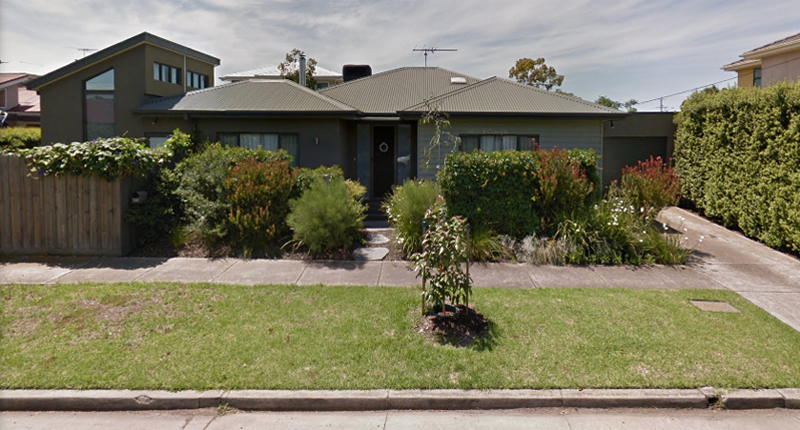
Step 2: Quit your day job and hustle like mad.
Put yourself in my shoes for a second. You just graduated, with no real work experience, in the early stages of a relationship with a now jobless dude. I had no business starting a business. In retrospect, I can see why my mum freaked out. But I was never one who listened, and forged ahead with the blind optimism that only a 24-year-old would have. We had a plan and believed that one day we would achieve that idealised 4-hour work week. Dear 24-year-old self, it’s 2021 now. It still hasn’t happened.
Henry and I worked day and night, weekends and holidays. We had savings to last us six months, so we only outsourced what was absolutely necessary, like hiring a part-time seamstress to help us fulfill orders and a developer to build a custom e-commerce website (10 years ago there was no Wix, BigCommerce or Shopify). We pushed ourselves to develop skills like marketing, sales, customer service, design, accounting, photography, blogging and product development simply because we couldn’t afford to hire anyone else. We never thought of outside investment because:
a) we didn’t know we could and
b) we were only focused on making enough money to pay our bills.
We drove miles to buy old IKEA sofas and collected discontinued sofa covers from all over Melbourne so that we could learn how to make templates. Henry would memorise which days and towns had the cheapest petrol to make our dollar stretch. We cleaned, ironed, packed and carried 10-20kg parcels to the post office daily. Our house was filled with piles of fabric and old sofas. On weekends, throughout winter, we would haunt IKEA car parks just to put our flyers on people’s windshields. And when people across the world started showing interest in our product, we knew we couldn’t continue producing covers from our garage in Melbourne. It was time to move.
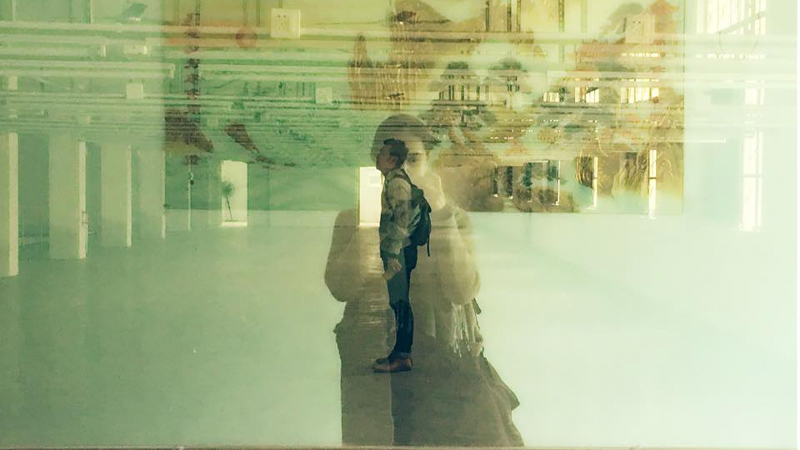
Step 3: Move to China. Without speaking Mandarin.
We sold everything we had in Melbourne and moved to Shenzhen, China – the world’s factory floor. Armed with suitcases of sofa templates and an English-Chinese dictionary, we started visiting factories with our business plan. We didn’t speak Mandarin. We didn’t know anyone. And we didn’t know anything about starting a business in China or working with the locals. They all looked at us and laughed.
“Wait, you want to produce how many models? In how many fabrics? And produce only when your customers order? At how many SKUs again? Bèndàn!” (That’s ‘idiots!’)
We thought that if we knocked on enough doors and talked to enough factories, we would find one that would work with us. No one did. We were too small and too complex. Our product had too many customisations, template variations, fabric offerings, and required just-in-time production. Factories were built for mass manufacturing and we were looking for answers in the wrong places. We didn’t have a plan B.
We wandered through street level wholesale kiosks, narrow alleyways, and low-rise “handshake buildings” (structures built so close together, neighbours could shake hands through their windows) to find someone who would work with us. We eventually found the mom & pop sewing shops, the kind that sew covers for wedding chairs, and started working with a couple of suppliers. Every day, under the scorching heat, we weaved through sardines of people on the street, carried rolls of fabric twice my height up and down stairs, hauled back finished sofa covers, each order weighing 5-7 kgs, back to our apartment to be cleaned and packed.
Some days, I wondered why we hadn’t decided on smaller, lighter products… like socks.
We sat on the floor and ate on cardboard boxes, because our tables were used for cutting fabric or packing samples. We only bought and slept on sofas because we wanted to make templates for them. We worked till 12am most days because that was when the most economical rate for logistics pickup was. It was gruelling and unglamorous.
Step 4: Drive suppliers mad with your unreasonable quality requirements.
When we had chosen to produce outside of Australia, leaving all our comforts and security behind, we knew that we would face language barriers and logistical hurdles. These sacrifices and complications would be worth it, so long as we could achieve higher gross margin at scale. But the reality was we were bootstrapped. We needed to keep our overhead costs modest, and we were trying to get our products to a worldwide audience faster than our competition in the most cost-effective manner possible.
But we also believed that the success of a brand selling a tangible product lives or dies by its quality. We were working with so many different suppliers that the quality of the finished product was inconsistent and not up to our standards. We wanted products that were well-made inside out. Even though no one really looks at the underside of a sofa cover, we cared. We wanted to give our customers a product that we would love to use in our own home. We wanted to be proud of what we put out into the world.
We would constantly get into arguments with our suppliers and be told, “In China, we can make A grade quality but you want A+++ quality. You are too demanding. No one will work with you.” They would quit, and we’d be left in the lurch.
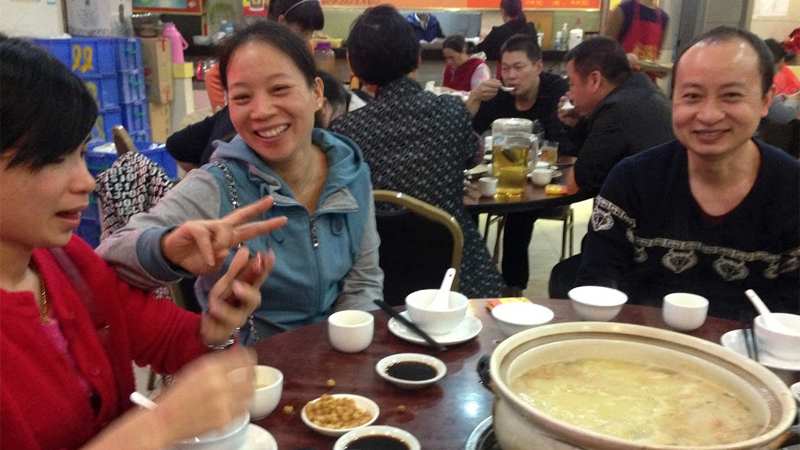
But one of our suppliers was a husband-and-wife curtain making team, AhYun and Ali. They were unlike anyone we had ever worked with. Their shop was pristine and their sewing impeccable. They understood that we needed a quality standard that Australians were used to but we believed we could do more. We wanted to make sofa covers that looked like fitted upholstery (the industry standard then was covers that looked loose and baggy) and get people to fall back in love with their sofas again.
This vision drove us. It meant that every centimetre mattered and we would have to start from scratch every time a centimetre was off. We had finally found someone who understood the vision and could help us make it a reality. We had conversations about types of thread, the upholstery grade of our fabrics, how wide the cushion openings had to be for home-makers to slip them in easily, how to make the seat cushions non-slip and how many millimetres each sewing gap had to be.
AhYun and Ali were friendly, honest, hardworking and brilliant. It made logical sense that we asked them to close down their business to join us full time. Right?
Imagine two lǎowài (foreigners) who spoke broken Chinese asking you in broken Mandarin to give up your livelihood and join them. We weren’t too convincing. It took us six months to persuade them but they eventually said yes. We did another fist bump, rented a three-bedroom apartment, and got to work with a five-person team trying to get products shipped across the world. 10 years, 1 million sofas and 100 people later, they are still with us.
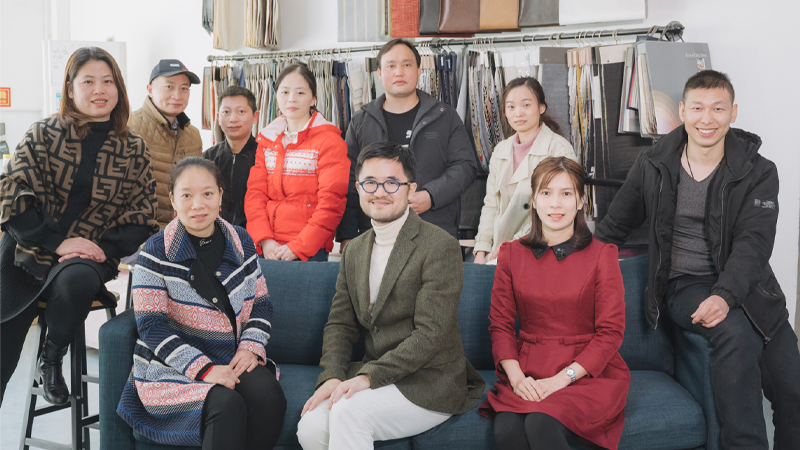
Step 5: Have a baby, move countries again, and start growing the team.
In early 2013, as the business gained traction, Henry and I were expecting our first child. We soon realised that growing a business is a lot like a newborn. Both are extremely demanding and have no respect for your sleep schedule, your bank balance, your emotional or mental health. The journey was equal parts euphoric and terrifying. We knew we needed help.
We moved to Malaysia, my hometown, for family support. Henry spent the next few months flying back and forth between Malaysia and China while I regained my balance. We fell in love with Malaysia and decided that we would build our headquarters here. While our Shenzhen office focused on supply, our Kuala Lumpur office would create demand. We shifted gears and started working on growing a team.
For first-time founders, hiring your first key team members is a huge step (and responsibility). With a newborn in the mix, we were losing our marbles. We sacrificed our own pay to make room for our first few hires: Kenny, our designer and Chuck, our first dedicated customer experience agent. Then we kicked ourselves for not doing it sooner because they were more than worth it. Things that would have taken us weeks were doable in days. Entire work streams disappeared from our to-do list. Suddenly we had extra bandwidth to tackle other business needs.
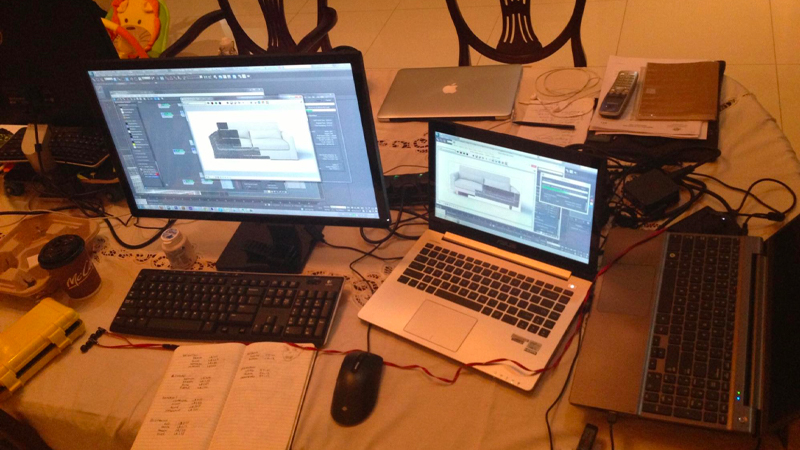
Our first ‘office’ in Malaysia was a storage room at the back of an event company in Kelana Jaya. The room was big enough to fit one single executive table which Henry, Kenny and Chuck mostly shared. We stayed there for the next two years. As the business grew, we hired more people and moved out of the storage room, but for years we kept to a team size suitable for two large pizzas. We worked on personal laptops and had zero processes and zero HR policies. We were action-oriented and opportunity-driven. Nobody paid attention to documentation, titles, systems, or procedures. In order to secure positive cash flow, long-term planning often took a back seat. Each day brought unique problems, which required creativity and agility to solve and we valued making decisions quickly. Everyone was busy trying to keep the business afloat.
Step 6: Keep growing, keep learning
Comfort Works has grown from a garage in Melbourne to a 15,000 sqft workshop in Shenzhen and a company headquarters with a pool in Kuala Lumpur. It was forged over the years, not just by Henry and I, but with a team of a hundred brilliant, driven, humble individuals across the world. It progressed from selling covers of five to six templates to building the world’s biggest library of sofa covers and saving over 1 million sofas from the landfill. The journey hasn’t been easy or comfortable. We certainly didn’t get everything right, and we still don’t. But perfection isn’t what we are after, progress is.
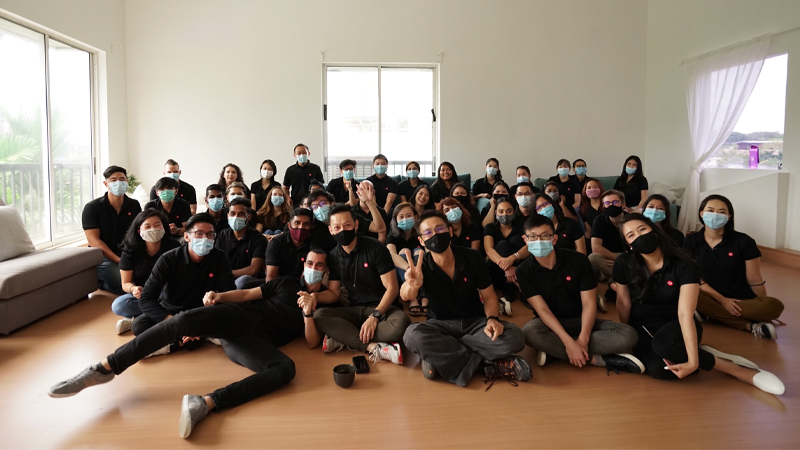
As the company grows in size and scope, we will continue to face obstacles and issues. It is a different set of problems to the ones we’ve experienced when we were a small scrappy startup. But building a business is all about facing those challenges head on and mindfully scaling. The best memories we have and the best stories we share are when we struggled, punched above our weight and got through to the other side. Although these challenges might seem unique to us now, they’re often universal to any company that’s lucky enough to experience scale.
Yes, we are the lucky few. We are thankful that we didn’t have to do it all alone. We were never meant to. Having the right team dedicated to building a great culture together has made the journey forever special.



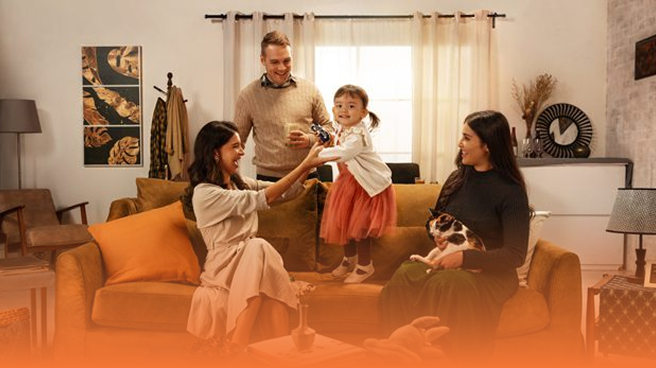








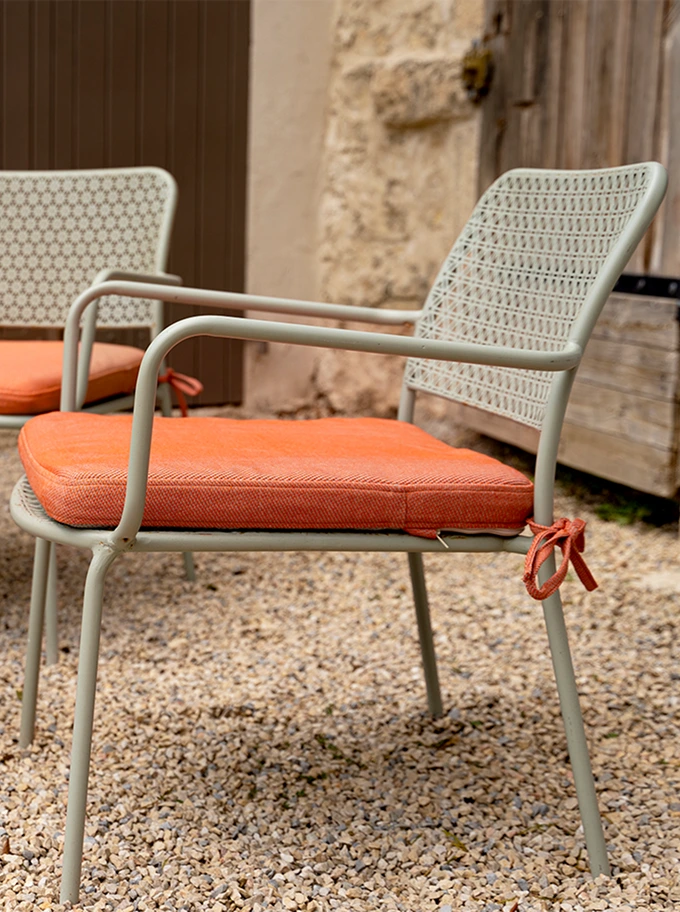
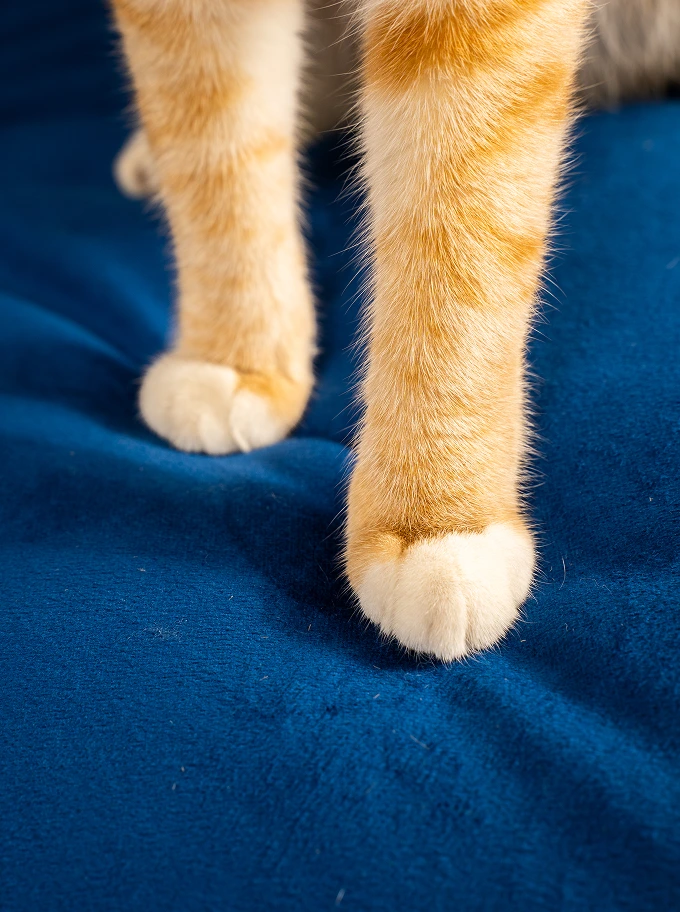
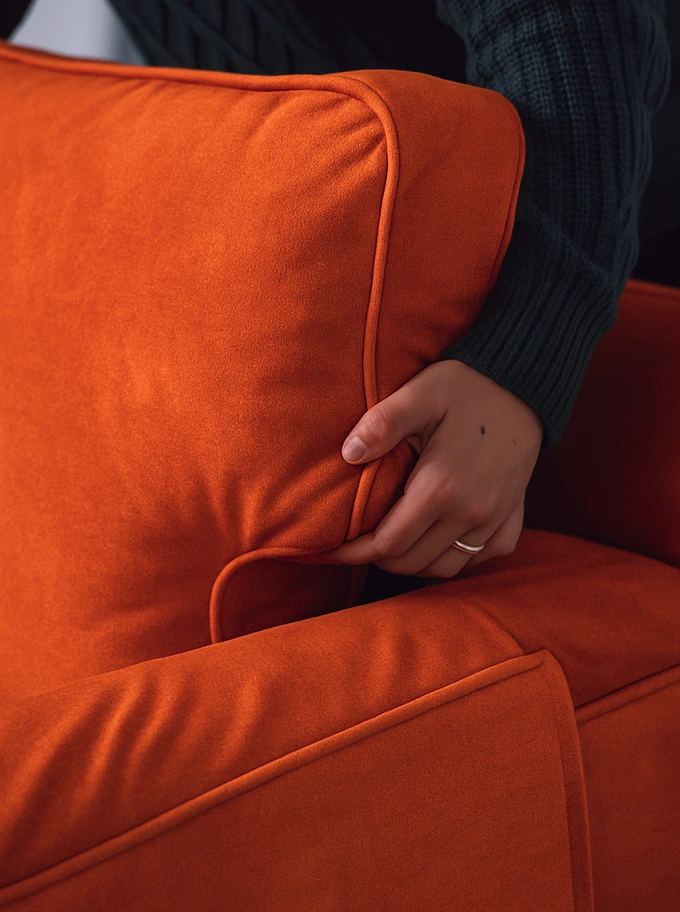
Suzanne
Jul 12, 2023What a wonderful story of how your business evolved and grew! The key is treating people you work like family. I’m going to order some slipcovers, I just have to decide on what fabrics 😊
Mira
Jul 12, 2023Hi Suzanne, we can’t thank you enough for the kind words! We’d suggest getting some fabric samples so that you can see and feel the fabrics for yourself before placing a slipcover order https://comfort-works.com/en-gl/pages/fabric-samples
Please let us know if there’s anything we can do for you in the meantime :)
Mira
Jul 12, 2023Hi Suzanne, we can’t thank you enough for the kind words! We’d suggest getting some fabric samples so that you can see and feel the fabrics for yourself before placing a slipcover order https://comfort-works.com/en-gl/pages/fabric-samples
Please let us know if there’s anything we can do for you in the meantime :)